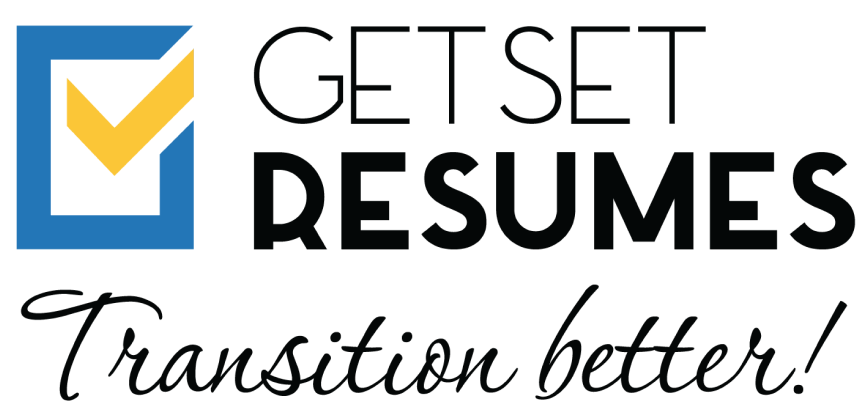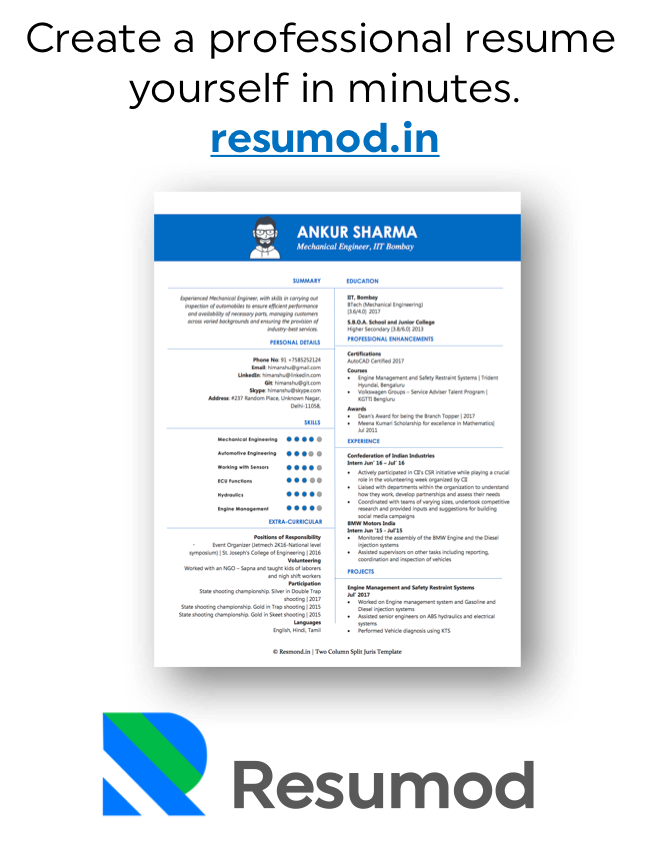Imagine this: You’ve just come across your dream job listing. Excitement fills you as you begin preparing your application. But then comes the critical question: is your resume good enough?
In the competitive job market, a well-crafted resume can be the key to landing an interview, but what exactly does a “good” resume look like?
According to studies, recruiters spend an average of just 7 seconds scanning a resume before deciding whether to proceed further with it. This makes it essential to create a resume that not only stands out but also effectively communicates your qualifications in a quick and clear manner.
In this blog, we’ll explore the essential components of a good resume, provide tips, and share examples to help you craft a resume that captures attention and lands interviews.
Start with a Strong Professional Summary
Your resume should open with a professional summary—a concise statement highlighting your most valuable skills, experiences, and career goals. Think of it as your elevator pitch. In just 3-4 sentences, this section should give hiring managers a clear picture of what you bring to the table. For instance:
Example: “Marketing specialist with over 5 years of experience developing data-driven campaigns. Proven ability to increase brand awareness and boost customer engagement through creative marketing strategies.”
Pro Tip: Tailor your professional summary to the job you’re applying for. Mention keywords from the job description to show you’re a perfect match for the role.
Emphasize Achievements Over Responsibilities
One common mistake people make on their resumes is listing job responsibilities without focusing on achievements. Instead of simply stating what you did, quantify your success. Use numbers, percentages, and tangible outcomes to demonstrate your impact.
Example:
- Instead of: “Managed a team of 10 people.”
- Write: “Led a team of 10 marketing professionals, increasing productivity by 25% through workflow optimization.”
According to a study, resumes that highlight achievements over responsibilities have a 70% higher success rate in grabbing recruiters’ attention. Showcasing your accomplishments helps you stand out and gives a clearer picture of how you add value.
Optimize for Applicant Tracking Systems (ATS)
Many companies now use Applicant Tracking Systems (ATS) to screen resumes. These systems filter applications based on keywords, so if your resume isn’t optimized for ATS, it could be rejected before it even reaches a human recruiter.
To optimize for ATS:
- Use industry-specific keywords found in the job description.
- Avoid excessive formatting like images, tables, or special characters.
- Stick to standard resume sections (e.g., professional experience, education, skills).
Pro Tip: Some ATS struggle to read PDFs. Submit your resume in Word format unless instructed otherwise.
Make Your Resume Visually Appealing
A good resume should be clean, well-organized, and easy to read. Hiring managers don’t have the time to sift through a cluttered or overly designed resume. Use a simple font (like Arial or Calibri) in 10–12-point size, and ensure there’s enough white space to prevent your resume from looking cramped.
Here are some formatting tips to follow:
- Use consistent headings and bullet points.
- Stick to one-inch margins.
- Keep the length to one page if you have less than 10 years of experience, or two pages if you have more experience.
Pro Tip: Avoid using colours or fancy fonts unless you’re in a creative field where design elements might be appreciated (such as graphic design or marketing).
List Relevant Skills
Your skills section should showcase both hard skills (technical abilities) and soft skills (personal attributes). But remember: relevancy is key. Tailor this section to the job at hand, highlighting skills that are in demand for the role.
Example of Hard Skills:
- SEO (Search Engine Optimization)
- Data Analysis
- Programming Languages (e.g., Python, Java)
Example of Soft Skills:
- Leadership
- Communication
- Time Management
According to a report of 2024, 92% of talent professionals say that soft skills matter as much or more than hard skills. So, while technical expertise is important, don’t underestimate the power of soft skills in helping you stand out.
Include a Well-Rounded Experience Section
Your work experience should be listed in reverse-chronological order, starting with your most recent position. For each role, provide your job title, company name, location, and employment dates. Then, describe your responsibilities and achievements using bullet points.
Example: Marketing Manager, XYZ Company | New York, NY | March 2020 – Present
- Developed and launched a marketing campaign that increased web traffic by 40%.
- Managed a 1,00,000 Rs marketing budget, optimizing spend to increase ROI by 15%.
If you have gaps in your employment history, don’t worry. You can briefly explain them in your cover letter or during interviews. Hiring managers are often understanding of legitimate gaps, especially if they were due to personal reasons or professional development.
Education and Certifications Matter
Your education section should include your highest degree first. If you graduated more than 10 years ago, you don’t need to list your graduation year unless specifically required by the employer.
Additionally, if you have certifications relevant to the job, list them here. Certifications can demonstrate specialized knowledge that could give you an edge over other candidates.
Example: Bachelor of Science in Computer Science XYZ University | 2015
Certified ScrumMaster (CSM) Scrum Alliance | 2022
Proofread and Edit
A single typo can leave a negative impression on hiring managers. Always proofread your resume carefully and consider using tools like Grammarly to catch any grammatical errors. Additionally, ask a friend or mentor to review your resume for clarity and accuracy. In fact, a study found that 58% of resumes contain some form of error. Avoid being part of that statistic by thoroughly reviewing your resume before submission.
Conclusion
A good resume is more than just a summary of your work experience – it’s a strategic tool that can open the door to your next career opportunity. By focusing on a clear professional summary, emphasizing achievements, optimizing for ATS, and ensuring it’s visually appealing and error-free, you’ll create a resume that stands out in today’s competitive job market.
Remember, your resume is often the first impression you make on a potential employer – make it count!


